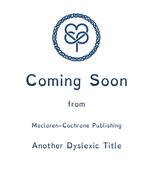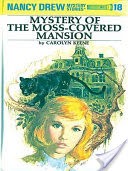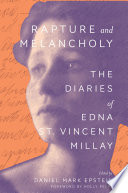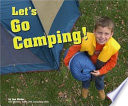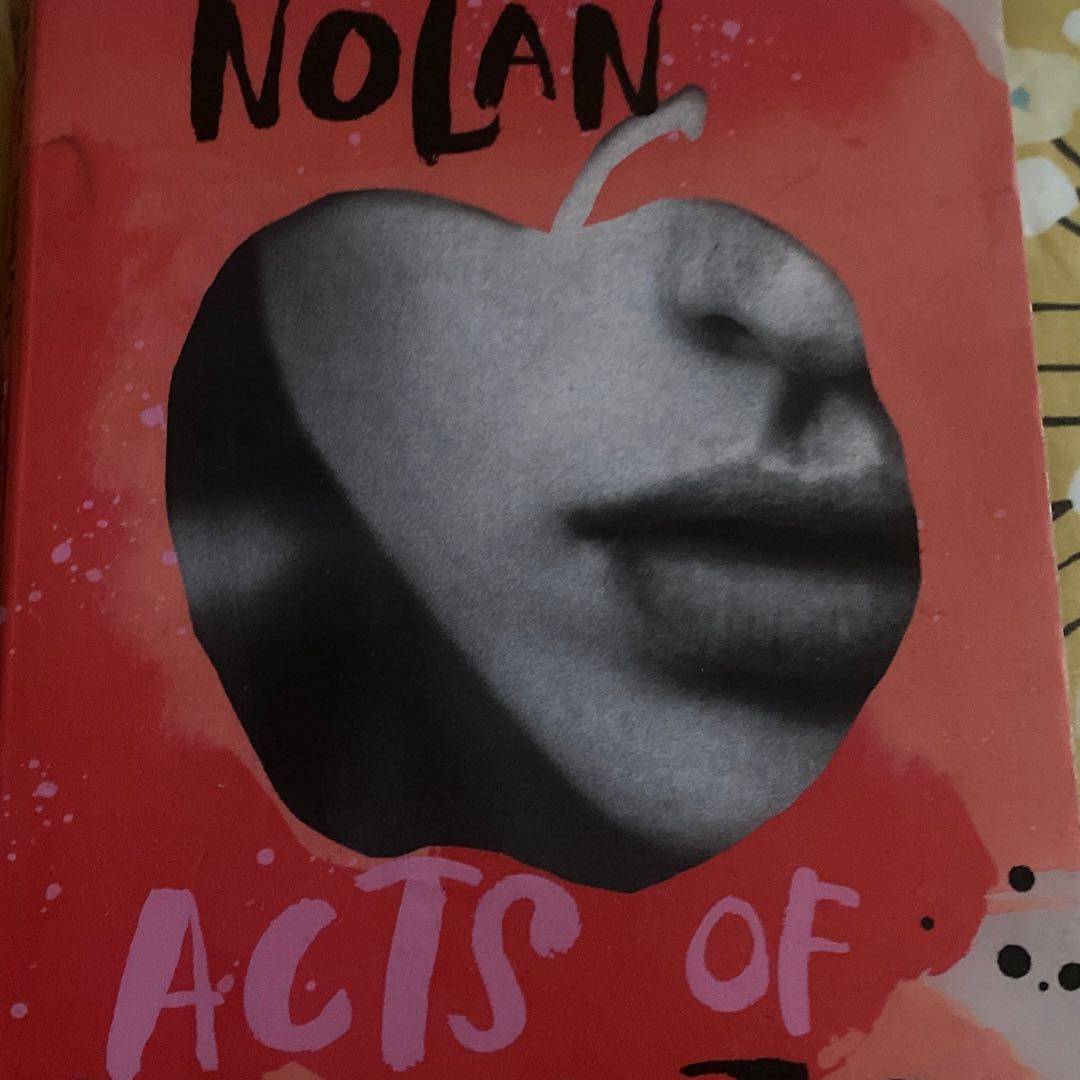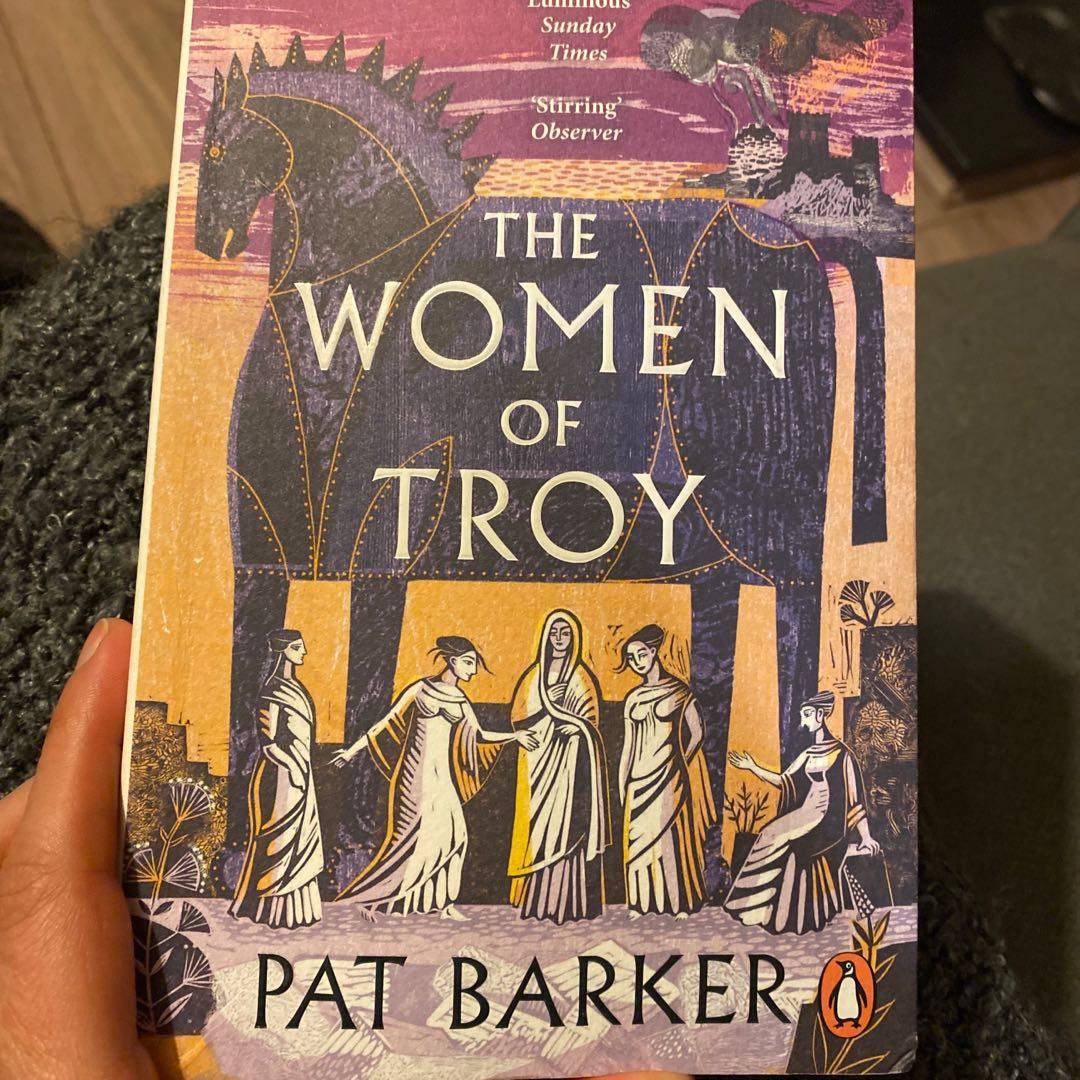Incredible
Raw, honest, relatable, parts of it at the very least, well written. I won‘t lie, I powered through this book to rid myself of the level of toxicity. I wouldn‘t read it again because of this. But yet, what a naked account of human vulnerabilities, of life stories, of love. I don‘t read romance and I embarked on this after reading many reviews labelling it an ‘anti-romance‘. I now disagree, for it is a romance, albeit a sad one. Love gone wrong.






